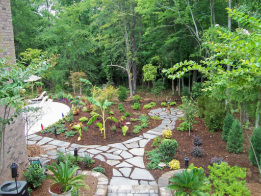
Garden pathways and walkways are such a welcome addition to any landscape. They make landscapes look so welcoming and the pathways coax you into meandering through the garden to enjoy it fully!! Whenever I see pathways in a yard it makes me want to investigate everything in the yard. I also like the fact that it is very low to no maintenance and adds so much beauty to a yard.
The one thing that I can see when a person is thinking of designing a yard they often overlook walkways in their designs but as you can see from the picture to the left what a walkway can do for a yard and how it can enhance it. People often concern themselves with plant selections and patios and then forget how to connect the different spaces in the yard. By ignoring pathways the yard can become disjointed because of lack of thought put into the transitions and connections throughout. Not only do the walkways guide people through the yard, they can also be used to create a mood or atmosphere. Before deciding on what type of pathway you would like, you need to think about your landscaping and if its a formal type landscape or informal. Then comes the decision of what type of path you will want, and what materials will be used. Shape, dimensions and materials are all things to think about. They are so many various types of paths, from simple DG and gravel to flagstone, brick and decorative stamped concrete. Other things to think about is how much your pathway will be used, safety, budget etc.
When Austin designs a landscape he will take all these things into consideration when adding a pathway through your landscape if that is a choice that you would like to make.
The one thing that I can see when a person is thinking of designing a yard they often overlook walkways in their designs but as you can see from the picture to the left what a walkway can do for a yard and how it can enhance it. People often concern themselves with plant selections and patios and then forget how to connect the different spaces in the yard. By ignoring pathways the yard can become disjointed because of lack of thought put into the transitions and connections throughout. Not only do the walkways guide people through the yard, they can also be used to create a mood or atmosphere. Before deciding on what type of pathway you would like, you need to think about your landscaping and if its a formal type landscape or informal. Then comes the decision of what type of path you will want, and what materials will be used. Shape, dimensions and materials are all things to think about. They are so many various types of paths, from simple DG and gravel to flagstone, brick and decorative stamped concrete. Other things to think about is how much your pathway will be used, safety, budget etc.
When Austin designs a landscape he will take all these things into consideration when adding a pathway through your landscape if that is a choice that you would like to make.
SOME IDEAS WE LIKE TO THINK ABOUT WHEN CHOOSING TO ADD A WALKWAY OR PATHWAY TO YOUR LANDSCAPE:
|
Austin will incorporate a beautiful walkway within his landscape design for your yard, just ask him. He has so many ideas and could make this dream for your yard a reality. He has experience with every type of material used for the walkways and will let you know the perfect one for your landscape.
Below I have added many pictures and design ideas for any walkway you could think of.
Below I have added many pictures and design ideas for any walkway you could think of.


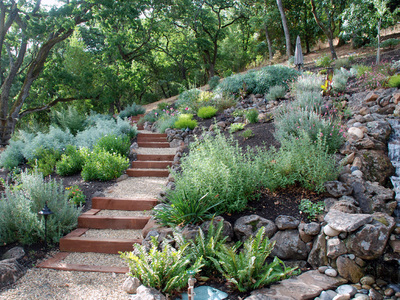
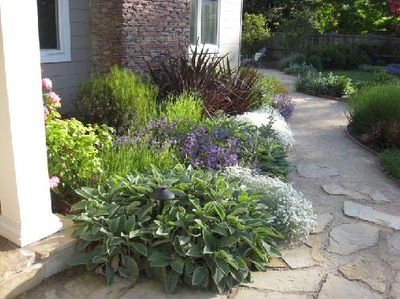
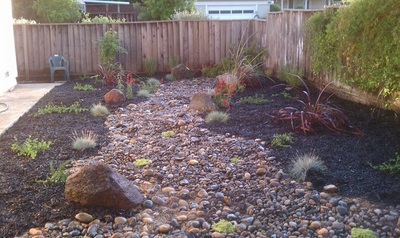
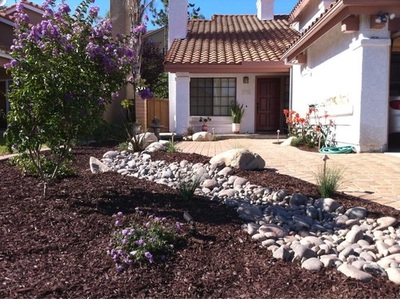
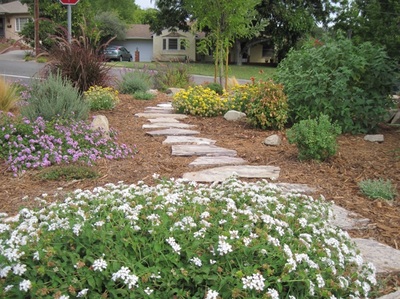
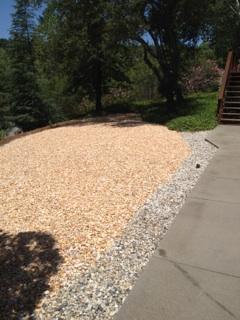
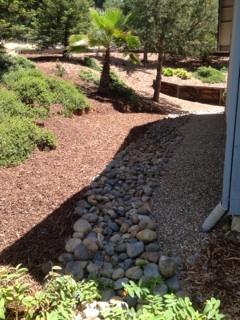
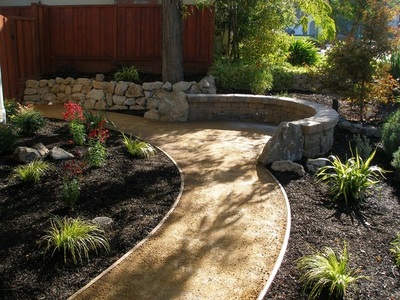
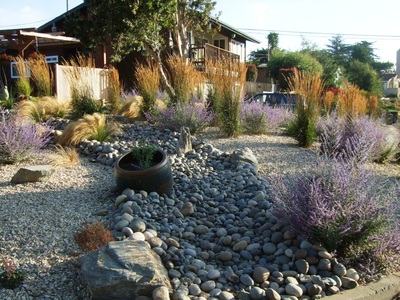
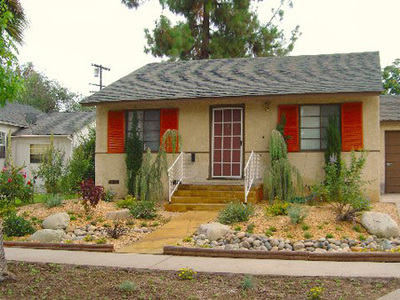

 RSS Feed
RSS Feed